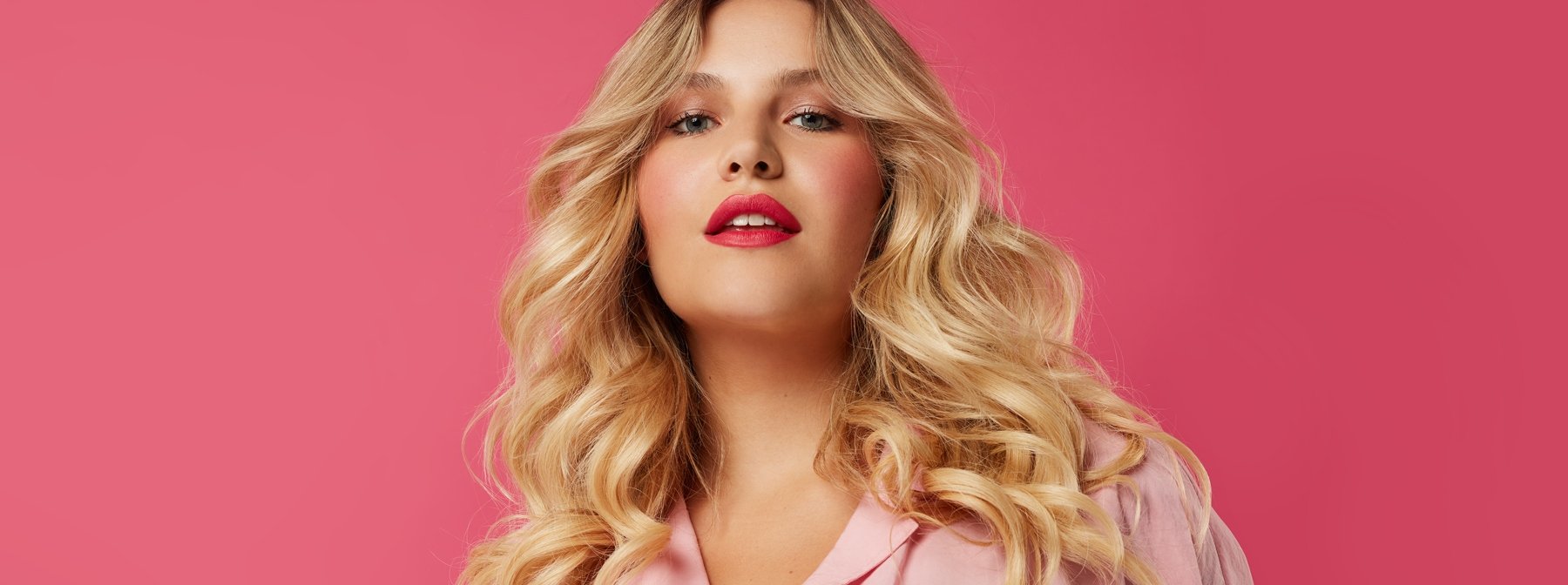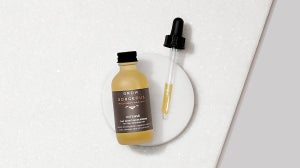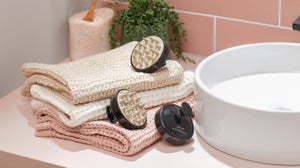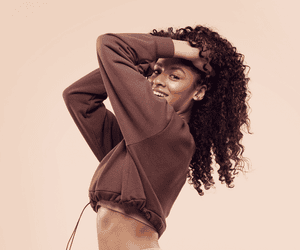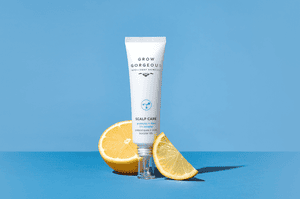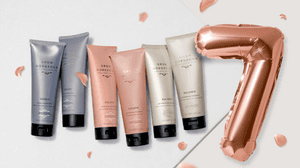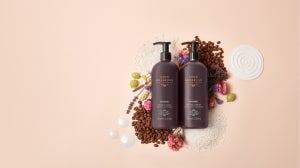
First introduced in the milkshakes of gym-goers, the 'protein' hype took the fitness world by a storm. It continued to grow into an essential component of every meal and snack for even those of us who prefer to stick to low-intensity exercise (because yes, walking counts). It was only a matter of time before protein trickled into the ingredients of hair and beauty products.
We've established that protein is something that healthy, shiny hair is certainly not lacking in. Promising that bouncy, voluminous sheen, it seems natural that we would reach for protein-rich hair products at any chance we get. However, despite what our natural conscious tells us, it is possible to have too much of a good thing. Depending on your hair type, you may be over-doing it. What is protein overload, how is it caused and how do you fix it? Keep reading for everything you need to know about this unsuspecting hair hindrance.
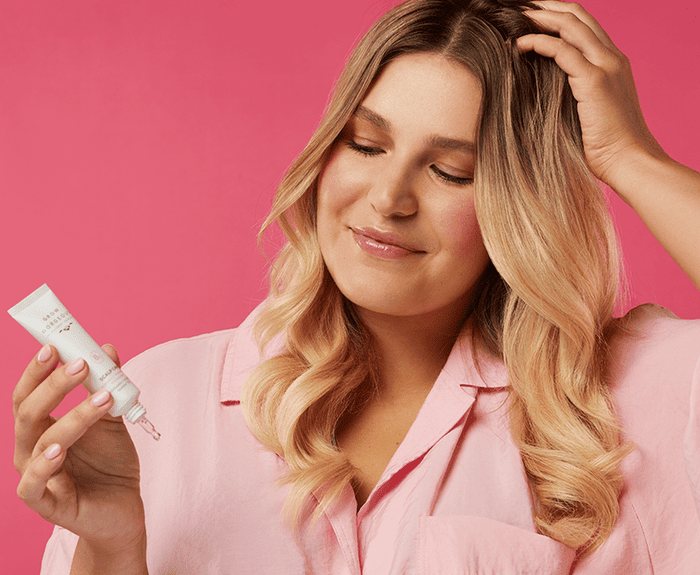
What causes protein overload in hair?
We've spoken before about what hair porosity is and the recommended products for different hair types. So let's discuss what products cause protein overload in these different styles of hair.
To recap- curly, wavy, and afro hair types usually have a high porosity and require protein to seal moisture into the hair follicle. Having said that, hair needs a balance between protein and water to stay healthy. If too much protein is locked into the hair strand, there's no room for water to get through. This may explain why, according to Healthline, those with curly, textured or dry hair can experience it.
Protein shampoos, conditioners, masks, and treatments are important for that silky bounce and can provide your hair with instant relief. However, they can also cause a protein overload, so the hair needs a break every so often.
On the other hand, low porosity hair is usually straight and can get product build-up easier. This is because it is more difficult for products to penetrate the hair follicle, so the majority ends up sitting on the surface. If you are continuously using protein-rich formulas and treatments, it's likely that after a while every wash and condition will accumulate to cause a protein overload in the hair.
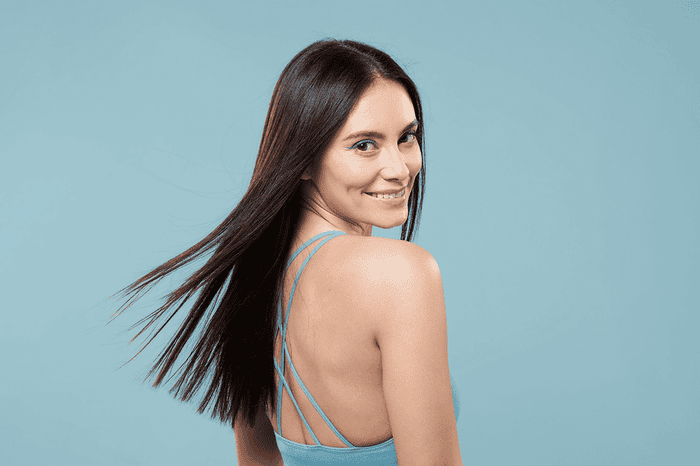
This is why no matter what the hair type, it's important to clarify the scalp every so often with an intense scrub to reset your roots and start afresh.
What does protein overload on hair look like?
When our hair is greasy, we wash it. When the ends are split, we get a trim. This brings us to the question, what does protein overload on the hair look like? Well, protein overload actually has similar tell-tale signs to when we've overdone it on styling, bleach, and dye. That is, split ends and limp, brittle strands. If you're using protein-based products to fix your hair woes but the situation doesn't seem to be improving, it's time to re-evaluate your haircare routine.
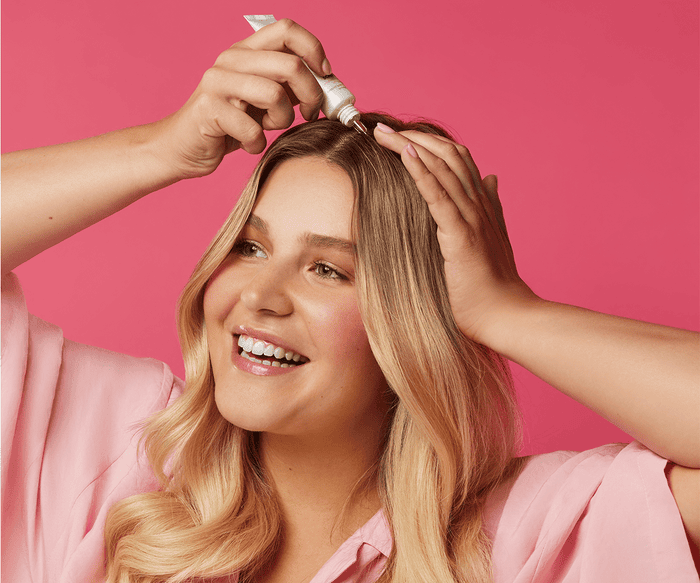
What does protein overload do to your hair?
Protein overload does not just affect what the hair looks like. When water and protein levels are unbalanced, your hair is not getting all the nutrients it needs to stay healthy. This can cause the hair to shed and break off easily.
As well as this, protein overload can affect the entire strand of hair all the way to the root. It can cause a heaviness of build up in the scalp, weighing the hair down.
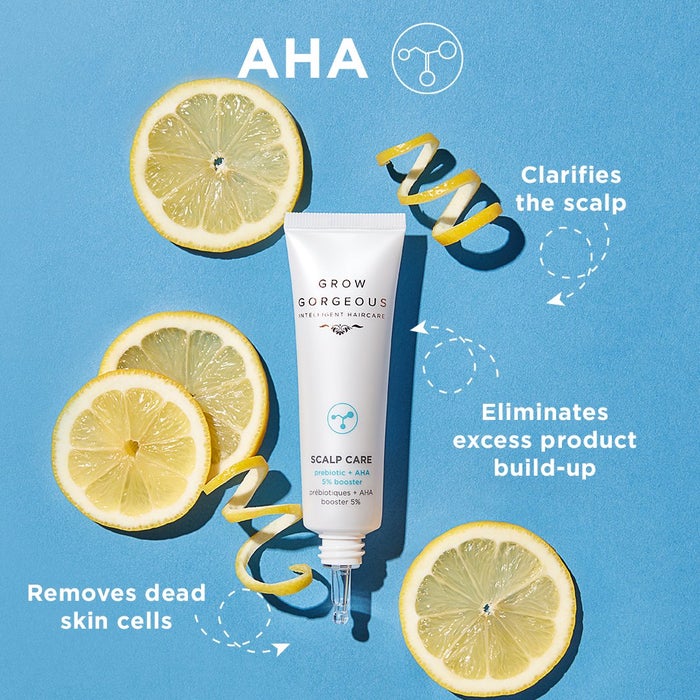
What to do if you have protein overload?
Now that you know what protein overload is, you may have realised that it could potentially be what your strands are suffering from.
For those with curly hair, it's important to find a shampoo and conditioner that is as equally hydrating as it is nourishing, such as the Curl Duo. Combining wheat extract with a powerhouse of moisturising oils, this duo works to give your hair the protein it requires for that luscious bounce without weighing it down.
If you have protein overload with low porosity hair, it's important to break apart proteins that have become bonded to your hair. Instead of consistently using products that are heavily based on proteins, try an alternative shampoo and conditioner. On those days when the hair is beginning to feel heavy, use a deep clarifying scrub to cleanse the hair and scalp of product and protein build up.
We all love the feeling of a thick, protein-boosting treatment, however, everything is best in moderation. Pay attention to how your hair feels and switch up your products accordingly. When the hair feels heavy, dull, and begins to break, try a light, hydrating wash instead. Following this, refresh your entire scalp with a refreshing cleanse. Once you know what to do if you have protein overload, you can avoid that unsuspecting obstacle towards silky smooth strands.
Shop This Post:

